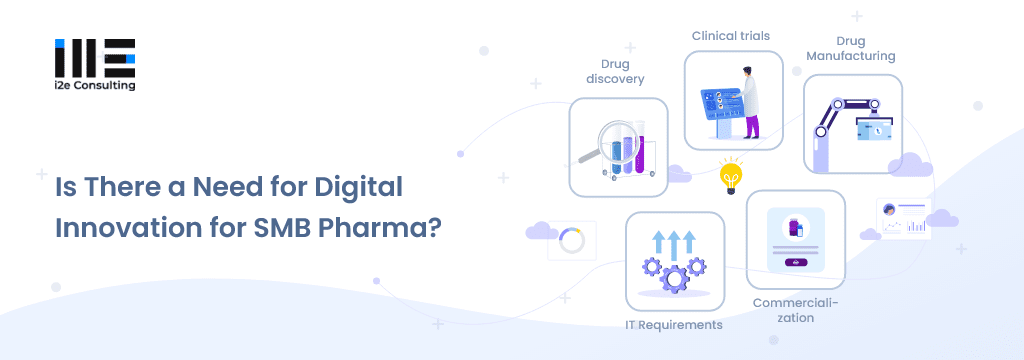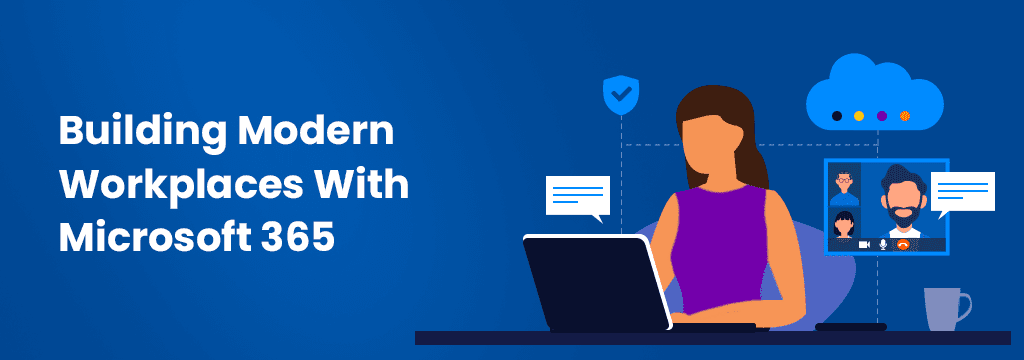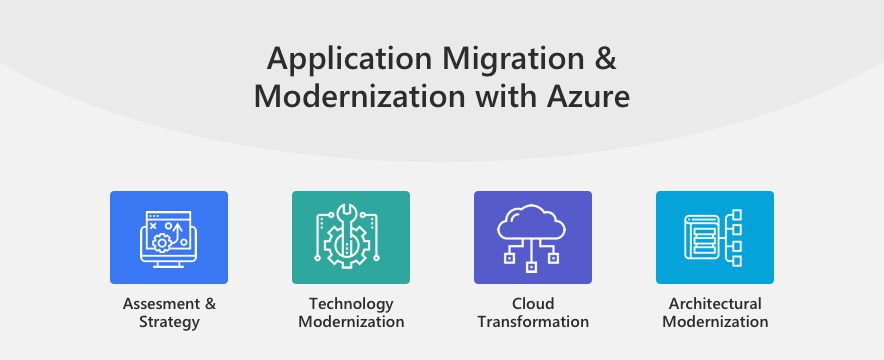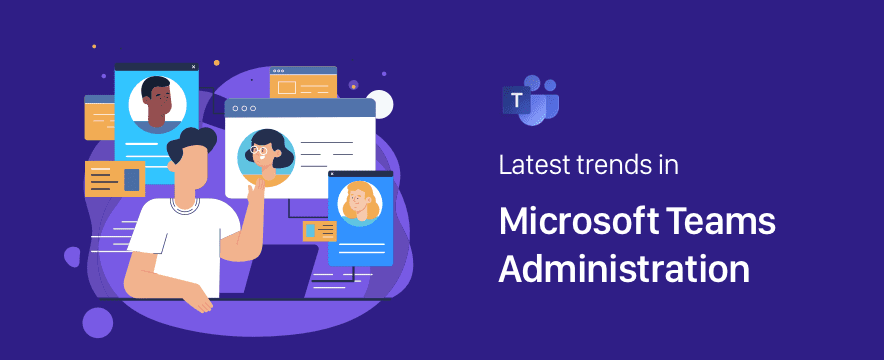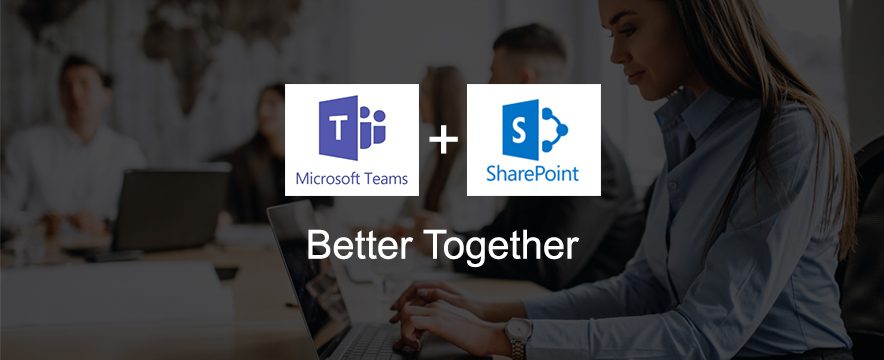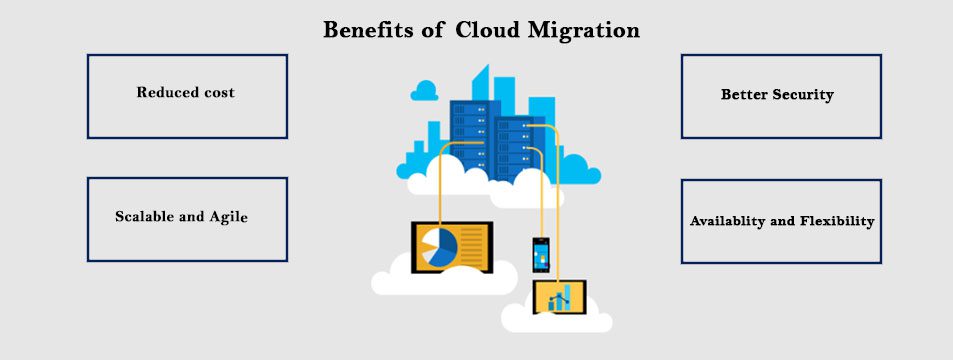
Top 4 Cloud Migration Benefits | Cloud infrastucture Services
Benefits of Cloud Migration
- Reduced Cost – A cloud-based solution would cost almost 40 – 45% less than a traditional on-premise solution. Cloud systems eliminate the headache of regular maintenance and upgradation.
- Scalable and Agile – It is an on-demand, pay as you go model. Companies pay only for the service that they are using. Cloud applications can be upscaled or downscaled as per requirement, and there is no extra pay for any unwanted services. This converts the CAPEX investment to an OPEX investment for companies
- Better Security – Cloud solutions provide better compliance and improved security. It includes both the physical security of the infrastructure as well as the virtual security of your data. There are specific access control mechanisms to limit data access for users.
- Availability and Flexibility – Cloud-based solutions can be access anytime from anywhere. Decentralized database systems ensure that users can access data remotely from any part of the world.
Cloud services offer enormous benefits. Companies are moving to the online cloud platforms provided by Azure, AWS, or Google Cloud. Accelerate your cloud journey with Cloud migration.
Cloud Migration Methods
Cloud migration depends on the cloud model adopted by a company. Cloud service providers multiple solutions, namely, Iaas, Paas, and Saas.
Iaas – In Infrastructure as a Service, it means shifting the applications from on-premise infrastructure to the one provided by the cloud service provider. It is the most straightforward cloud migration model involving minimal changes. This migration model is called the ‘Lift and Shift’ model. There is no change in the architecture in this migration model.
Paas – Platform as a Service is where you run your code on the platform provided to you. It involves significant changes as you have to remodel your code to the new platform. It includes code changes, deployment rules modification, and library updates to adapt to the new framework.
SaaS – Software as a Service sees a complete change in the application architecture of your systems. Here you have to run your code on entirely new software. This migration involves complicated changes like architectural changes, building new interfaces, complex data migration, providing roles and responsibilities to users, and training your team to use the new software.

